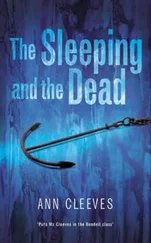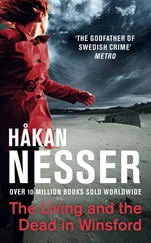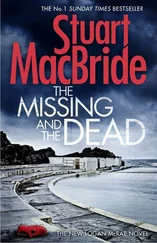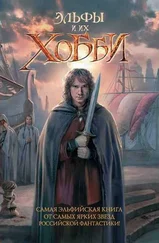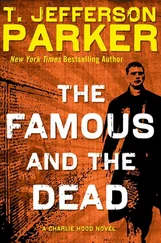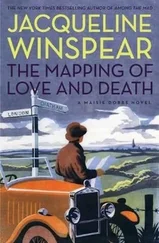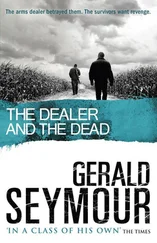I came in every Thursday (my one day off from university), and while Andrew stayed in the office to send emails and deal with paperwork and get the mortuary’s new management systems up to scratch, I went into the post-mortem room with Alfie. I watched him remove the deceased from the fridge for examination and I met the different pathologists as they arrived to carry out the autopsies, telling me their findings, which I made notes on. My little autopsy notebook was filled with exciting new fragments:
22nd Feb: myocardial infarction most common cause of death in the Western world; 29th Feb: pulmonary embolism in CALF MUSCLE! Watched Dr. J open the leg!!
I viewed all the organ dissections by the pathologists and watched as Alfie put them in a viscera bag and set them back into the body, and I observed Alfie alone as he reconstructed the decedents and placed them back into their temporary refrigerated tombs. Then I helped to clean up all the mess. I did all this in silence. I didn’t really want to engage with him as, in so many ways, what he did represented the old way of carrying out mortuary work while I was more interested in the way younger APTs were attempting to change the old approach to anatomical pathology. I do remember him telling me that he had been friends with the infamous London gangsters the Krays in their heyday, and how they had thrown a dead body off a bridge over the Thames.
I just nodded politely.
Also, he told me he wanted to write and publish a book called Death Can Be Fun . He never did, and at the rate he was smoking when I met him, I seriously doubt he’s still alive.
* * *
This continued for a year◦– my studying and helping out in the mortuary every week. Soon enough, Alfie was gone, replaced by the younger APT, Jason, who was working as a locum APT then. (This meant he travelled around the UK to work short stints in mortuaries which were understaffed. It could be for a week or two, or even months in the case of maternity leave, for example.) Jason was a lot of fun. He was huge because he was a bodybuilder, enthusiastic about training me in mortuary ways as well as chatting about the gym. I’d always had the romantic idea that being a mortuary technician would be like being in the FBI and assumed I’d need to be physically fit. I modelled myself on Clarice Starling from The Silence of The Lambs and Dana Scully from The X-Files and became a bit of a gym fanatic. I was in there most of the time when I wasn’t in the mortuary or at university and it was a good move because I hadn’t realised until I volunteered that being an APT involves a lot of time on your feet. Good strong leg and back muscles are required just for that alone, never mind the fact I had no idea at this point what sort of strength was needed to carry out an evisceration. Jason allowed me to wash the deceased myself, rather than just watch, and explained all the qualities of the different disinfectants, which I could relate to because of my microbiology studies. He also handed me bowls full of organs◦– the bigger the better◦– to help me get used to the weight, so that I constantly looked like a dinner lady at an industrial canteen heaving massive bowls of pasta around and complaining about my back.
Finally, the day came for the Municipal Mortuary to advertise for a trainee, someone like me who wanted to be a fully trained APT but had to start on the bottom rung of the ladder, with years of on-the-job training ahead and a qualification at the end of it. I had to apply for the job and go for an interview like everybody else. I met the management team from the Cemeteries and Crematoria Services, including the new head, Arnold, and was asked questions by a panel of four people◦– something I’d never experienced before in my life. I was terrified, even though they were all lovely. Thankfully, all that preparation paid off and I got the job. I left university with a Postgraduate Diploma and became a full-time trainee anatomical pathology technician. But just because I left university I knew I hadn’t left behind my education. In fact, I was going to learn more, everything that was relevant to the path I wanted to take.
And thus began a new chapter of my life in death.
Three
Examination: ‘Judging a Book by its Cover’
As if you were on fire from within, the moon lives in the lining of your skin.
—Pablo Neruda
I ran into the office one morning to find Andrew in his usual seat, typing away. I could barely contain my glee.
‘It’s finally happened!’ I squealed.
He looked up from his computer and frowned at me over his spectacles.
‘The day I’ve been waiting for!’ I beckoned to him. ‘Come and have a look!’
Curious, he followed me into the fridge room. Once there, I moved behind the trolley in the middle of the huge foyer with my arms wide open, like a magician gesturing to an audience, to give him a clearer view of the body bag and its contents: it was a man wearing very ordinary clothes and yet… women’s underwear. And not just any women’s underwear: it was a whole pink lace ensemble, incredibly tight, that looked particularly uncomfortable over his nether regions as it mashed everything down. It was a surprise, not least because it didn’t go with his rough countenance and facial hair as well as his tracksuit trousers and T-shirt, the former pulled down to his knees and the latter pulled up to his chin.
I mention this, not because I think cross-dressing is inherently funny, but because at that point◦– a year so into my training◦– I really felt like I’d been initiated into the world of mortuary work, having happened upon this unexpected cadaver. Every mortician has his share of unusual cases and this was to be one of many for me. But there’s another reason I mention it. It’s to illustrate that a post-mortem examination isn’t just about removing organs and using fancy forensic techniques to determine what lies beneath; the examination begins with the outside of the body. In fact, usually as soon as the deceased is encountered in the mortuary. Sometimes external artefacts can be a clue to how and why a person died.
In most establishments, the fridges are opened and their contents checked against the mortuary registers first thing in the morning◦– a bit like doing a body stocktake after the overnight absence. Who knows what cases the police may have brought in from the streets in the middle of the night, or who may have been wheeled down from the wards? And the fridges, with their four or five shelves, can hold a lot of adults, their different scents merging to create a heady cocktail of death. In mortuaries with fewer staff you may need to book the new deceased in before or after you carry out the day’s post-mortems, but if there are enough staff you may split the duties with some carrying out autopsies and others body-checking. Either way, it’s an important part of the examination, and it takes two APTs if it’s to be done properly so that they can vouch for each other.
Like gifts, the deceased should always be wrapped. Sometimes it will be in simple white cotton sheets, particularly when the patient has come from a hospital bed, and at other times it will be in body bags made of white plastic, or white plastic sheeting. From those very first days at the Municipal Mortuary right up to the end of my mortuary career I never considered the daily opening of the bags a chore. After each one was unzipped there was a pause and an atmosphere of suspense… what might be inside? It always used to put me in mind of those Tonka toys called Keypers, from when I was a child. They were animals made from vibrant-coloured plastic and rubber, and their bodies opened up with a chunky key so you could store things inside, away from nosy younger siblings. One was a gorgeous pink swan and another was a peachy-coloured snail, but I had the majestic lilac horse and I adored it. It was the only one of my toys I never tried to do an autopsy on because she already opened up and I could see what was inside… a tiny little surprise friend called a Finder!
Читать дальше

